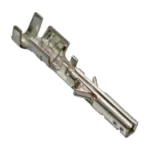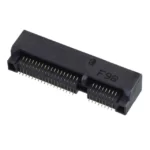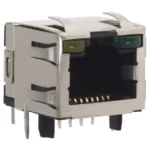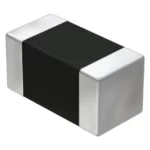Quality Control
Electronic Component Inspection
Quality control is a process that ensures products are made with the highest standards. This includes quality assurance and inspection processes that work to ensure the production of high-quality products. In this article, we’re going to demonstrate how you can implement quality control procedures in your electronics manufacturing facility.
How do we inspect electronic components?
Electronic components are inspected in a similar way to other pieces of equipment. High-precision equipment and instrumentation is used to inspect them, and the results of the inspection are recorded so that the components can be used again. Some electronic components, such as light bulbs and televisions, are relatively simple and can be inspected and repaired using basic equipment and skills. However, other components, such as computer processors and electric motors, are much more complex and require highly specialized equipment and skills to inspect, repair, and replace.
1. External Visual Inspection
External Visual Inspection is the first step in the process of quality control and is often considered to be the most important, it‘’s main purpose is to identify defective parts. We have professionally trained personnel to carry out this inspection, some other points also need to be checked during this phase:
- First of all, our testing staff will confirm the type of the sample to formulate testing standards.
- Followed by surface inspection: such as scratches, dents, smudged labels or fingerprints.
- Finally is to check for functional defects: this is especially important, such as checking whether the screws are tight, the pins are not bent, the barcode is not wrong.
Visual inspection is an inexpensive and quick method of inspection, but it can miss defects that are small enough to be unobservable without magnification.
2. Further examination
- After an external visual inspection, our engineers will perform an inspection of the tags to ensure they are properly identified and are operating safely in the system.
- Electrical testing, this step is mainly to test the function of electronic components by measuring physical parameters such as voltage, current, resistance and so on.
- A solderability test can identify defective solder joints or other defects and, if necessary, provide guidance to either repair the defects or replace the parts.
3. Quality Inspection
At this stage, our inspectors focus more on the details and functions of the components.
For more accurate test results, we perform LAT testing on these components using automated inspection software to see if there is any loss of contact between the leads and the body of the component. QCI testing is done to see if the components have any damage, or have been contaminated with dust or moisture.
At the same time, we will also carry out test steps such as Decapsulation and X-RAY analysis to ensure the quality.
We have the ability to provide customers with the highest quality products, comprehensive electronic components supply chain solutions, on-time delivery, competitive prices and professional services. Don’t hesitate to communicate with us, it’s totally free! bomzon@bomzon.com



